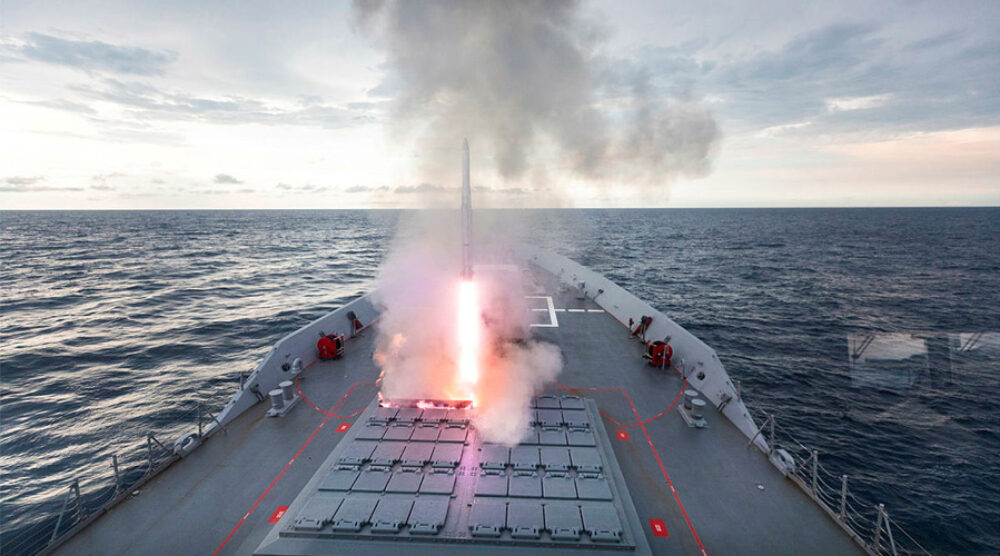For more than a century, the purpose of the United States Marine Corps (USMC) has been to fight for and hold territory. Whether in counterinsurgency conflicts globally, or in major wars in the Pacific, the Corps has focussed on land operations. The only question has been whether the Corps needed forcible entry, large-scale amphibious operations to get ashore or not. All this is now dramatically changing. America’s ‘second army’ is reorienting itself away from land wars to instead fighting the war at sea. The USMC will now support US Navy (USN) fleet operations, integrate with the USN and emphasise the maritime domain. The Navy’s needs will now shape the future of the Corps.
The USN considers it must be a globally-dominant naval force that can keep international sea lanes open, deter conflict, and if necessary win any wars at sea. In pursuit of this, the USN deploys forces well forward, that both forms the first line of America’s homeland defence and prevents any adversary during wartime using the world’s oceans for its purposes. To continue accomplishing this mission, the USN plans on becoming a hybrid fleet. The Navy’s core will still be manned, multi-mission ships and submarines but these will work in conjunction with unmanned and optionally manned systems operating under, on, and above the sea.
The USN’s mission is now threatened by the proliferation of precision strike weapons amongst unfriendly states and antagonistic non-state actors. This has combined with recent surveillance and reconnaissance technology advances to give belligerent entities much improved targeting capabilities. The threat now posed was convincingly demonstrated in the 2016 Houthi insurgent anti-ship missile on a UAE-operated HSV-2 Swift logistics vessel in the Red Sea. Well-targeted precision strike weapons could potentially drive the US Navy out of many important operating areas and away from regional allies and friends.
In considering such threats, the USN and so the USMC as well, are using China as the planning benchmark. Over the last thirty years, China has constructed the world’s largest navy, developed advanced cruise and ballistic anti-ship missiles and built an integrated system of sophisticated long-range targeting sensors. China’s anti-access/ area denial network now spreads across the Western Pacific, including to inside several regional nations’ territorial waters. This impressive capability is now being matched by an increasing aggressiveness across East Asian waters and the Indian border zone. The quality and scale of this potential threat is such that it reinforces the well-established naval maxim to ‘attack effectively first’ if war suddenly breaks out. In this, the key to success is having both faster and more accurate targeting than an adversary.
Please click here to read the full “Winning the war at sea: Reshaping the USMC for future naval campaigns” article published in European Security and Defence October 2022 (pp 109-112), written by Griffith Asia Institute Visiting Fellow, Dr Peter Layton.








